As an Amazon Associate we earn from qualifying purchases.
Creating a cleaning schedule doesn’t have to feel overwhelming. With the right approach, it can actually be a breeze! Here are 28 smart ideas to help you establish a cleaning routine that fits your lifestyle, keeps your home fresh, and saves you time.
Contents
- Creating a Daily Cleaning Routine
- Using a Cleaning App
- Weekly Deep Cleaning Tasks
- Assessing Your Cleaning Needs
- Setting Realistic Goals
- Incorporating Seasonal Cleaning
- Monthly Maintenance Schedule
- Time Blocking for Efficiency
- Establishing a Reward System
- Incorporating Cleaning Zones
- Involving Family Members
- Adapting to Your Lifestyle
- Balancing Chores with Personal Time
- Utilizing Cleaning Checklists
- Setting Time Limits for Tasks
- Prioritizing High-Traffic Areas
- Creating a Cleaning Playlist
- Designating a Cleaning Day
- Reviewing and Revising Your Schedule
- Scheduling Seasonal Decluttering
- Creating a Cleaning Supply Inventory
- Incorporating Quick Cleaning Hacks
- Using Natural Cleaning Products
- Tracking Progress and Adjustments
- Setting Up a Cleaning Buddy System
- Celebrating Cleaning Accomplishments
- Using Visual Reminders
- Finding Inspiration from Cleaning Blogs
Creating a Daily Cleaning Routine
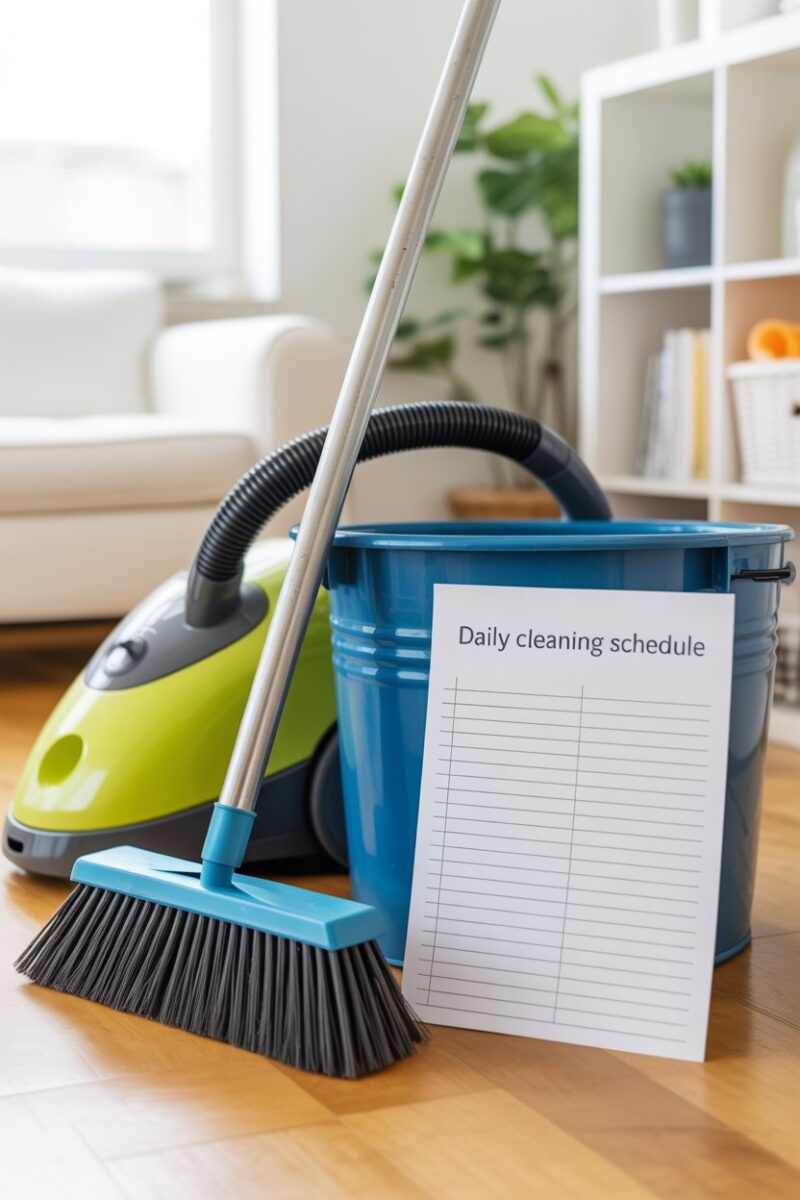
A daily cleaning routine can make your life easier and keep your space tidy. Start by picking a few simple tasks to tackle each day, like wiping down counters or vacuuming high-traffic areas. Using a calendar can help you stay on track and make cleaning feel less overwhelming.
Using a Cleaning App
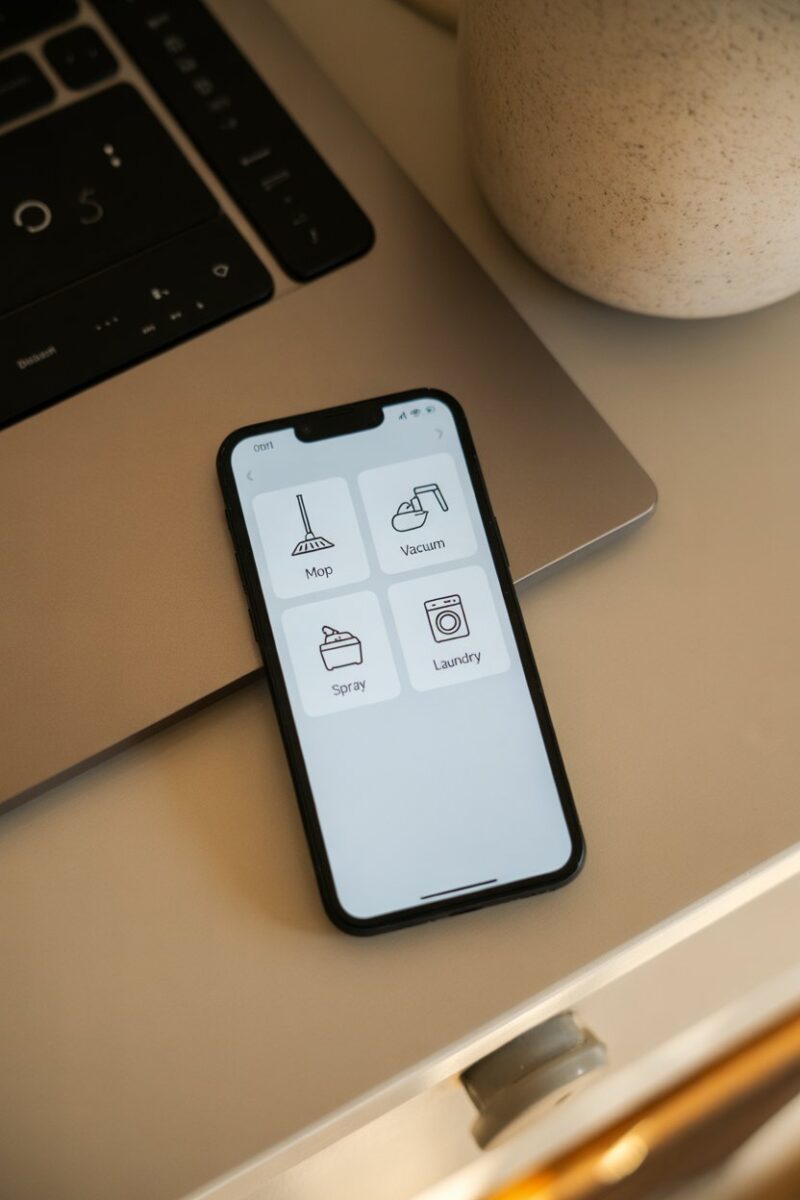
Cleaning apps can make your life so much easier. They help you organize tasks and keep track of what needs to be done. Plus, you can set reminders to stay on top of your cleaning schedule without any hassle.
Weekly Deep Cleaning Tasks
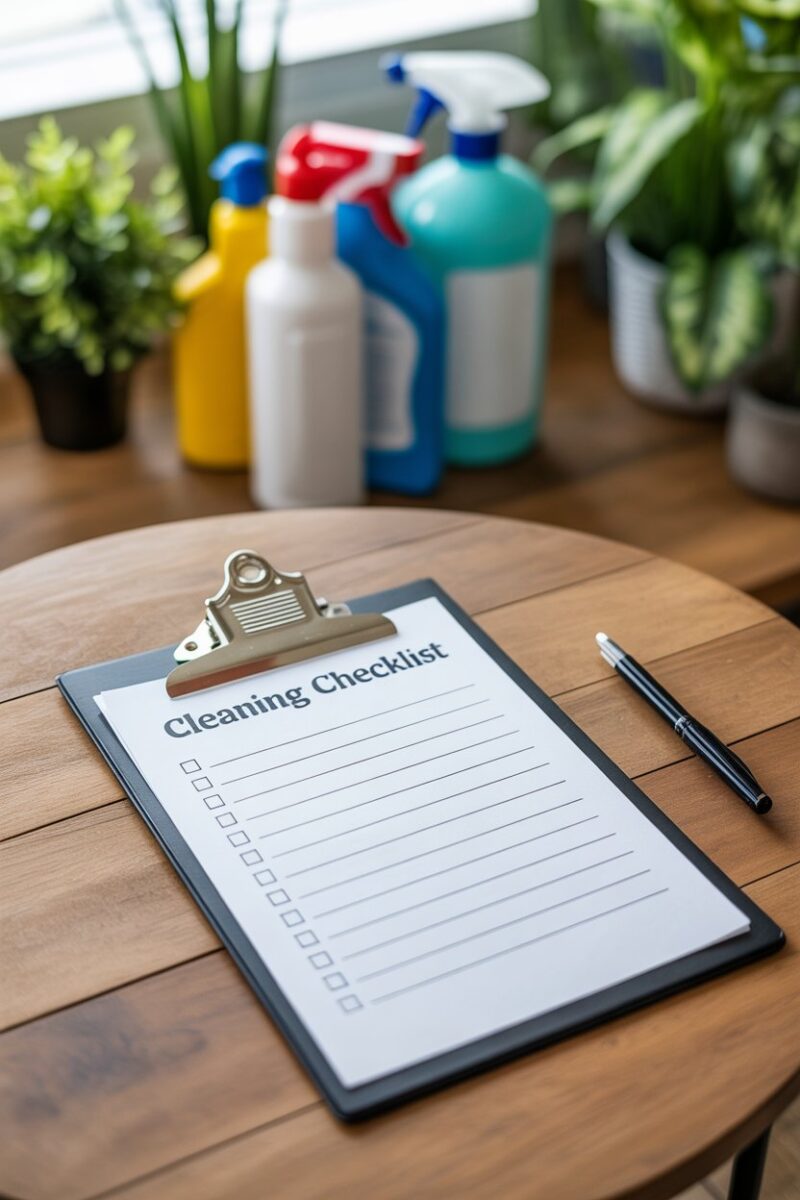
Creating a weekly deep cleaning schedule can make a big difference in your home. Focus on key areas like bathrooms, kitchens, and living spaces to keep everything fresh. Use a checklist to stay organized and make the process feel less overwhelming!
Assessing Your Cleaning Needs
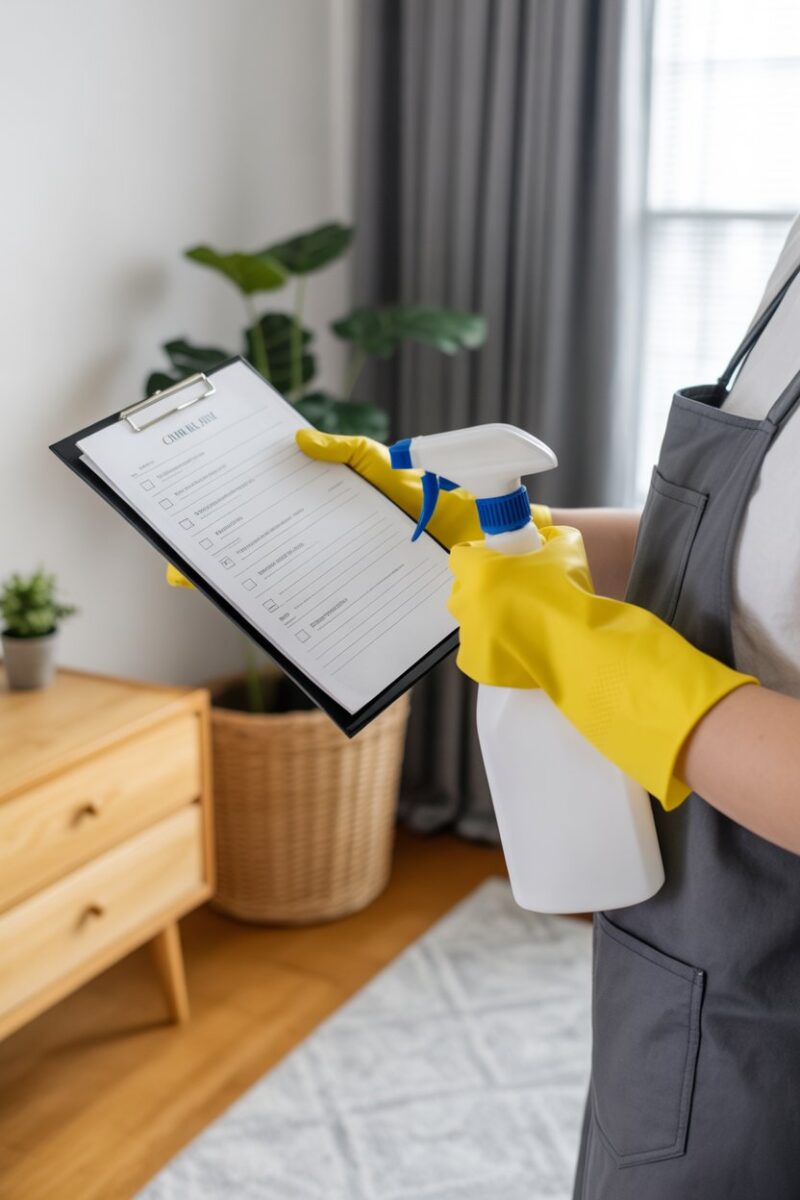
Before creating a cleaning schedule, take a moment to think about what your home truly needs. Make a list of areas that require regular attention and note any specific tasks that often get overlooked. This will help you prioritize and create a cleaning routine that fits your lifestyle.
Setting Realistic Goals
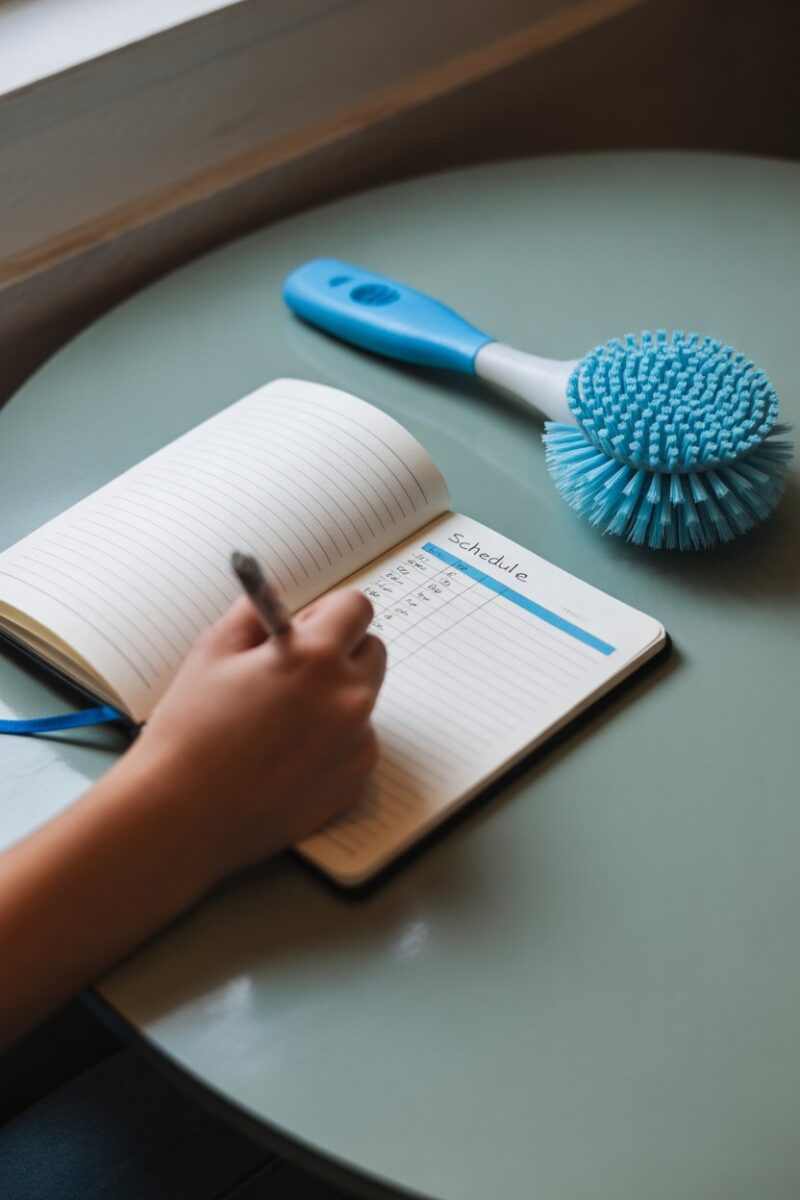
When creating a cleaning schedule, it’s key to set goals that you can actually achieve. Start by listing tasks that fit into your daily routine without overwhelming yourself. Remember, small wins can keep you motivated and make cleaning feel less like a chore.
Incorporating Seasonal Cleaning
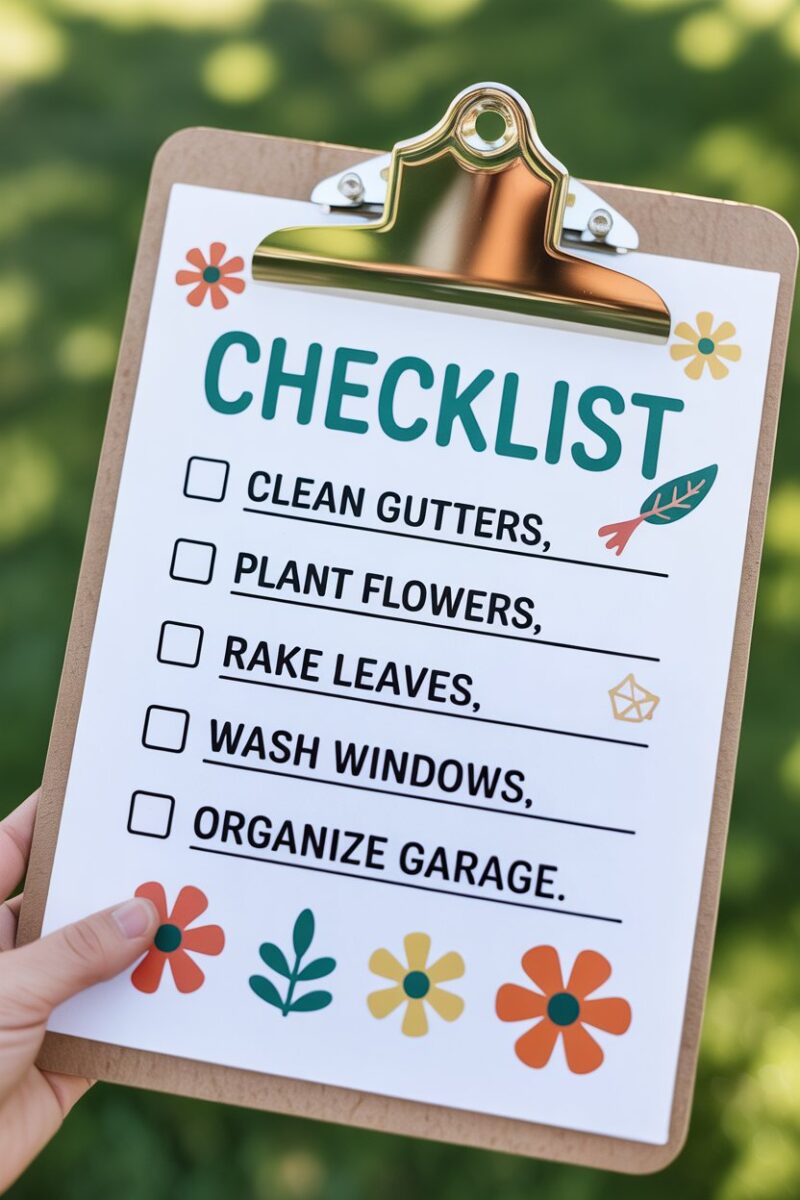
Seasonal cleaning is a great way to keep your home fresh and organized. Create a checklist for tasks like cleaning gutters, planting flowers, and raking leaves. This not only helps you stay on track but also makes seasonal transitions feel more manageable and fun!
Monthly Maintenance Schedule
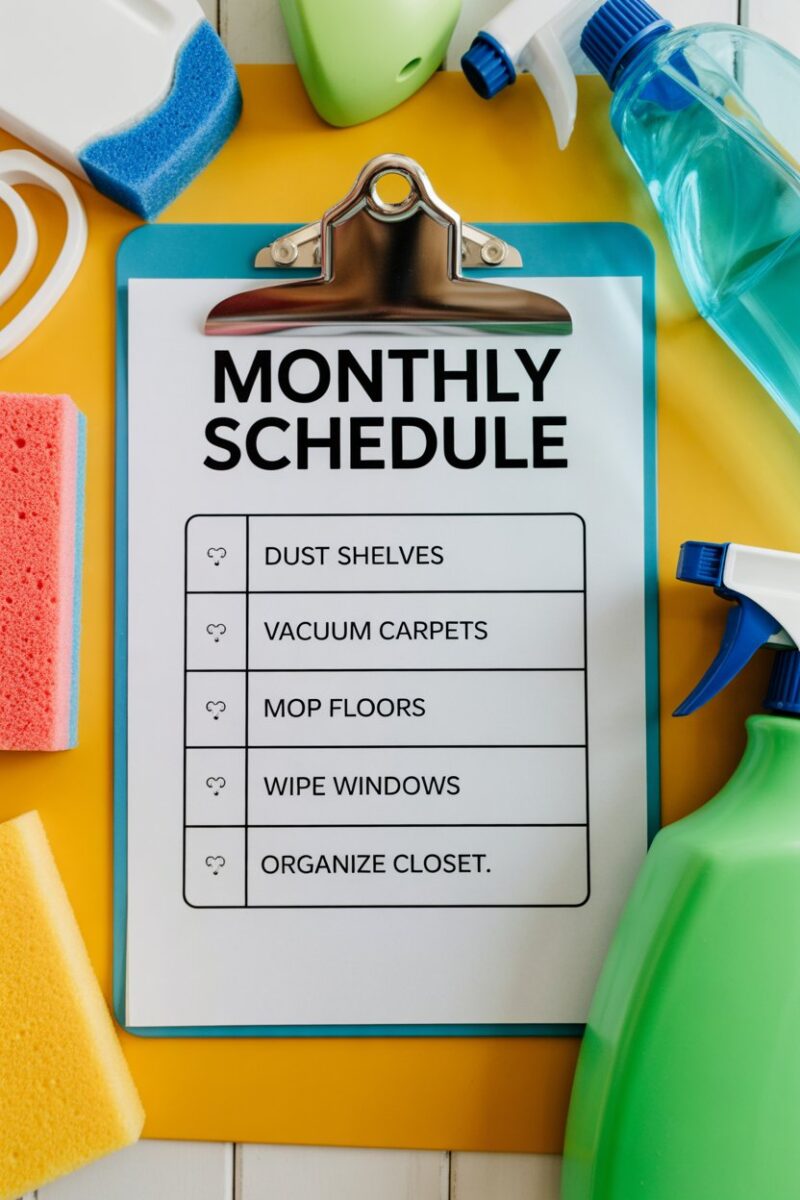
Creating a monthly maintenance schedule can keep your home in top shape. Use a simple checklist to tackle tasks like kitchen upkeep and bathroom cleaning. This way, you’ll stay organized and make cleaning feel less overwhelming!
Time Blocking for Efficiency
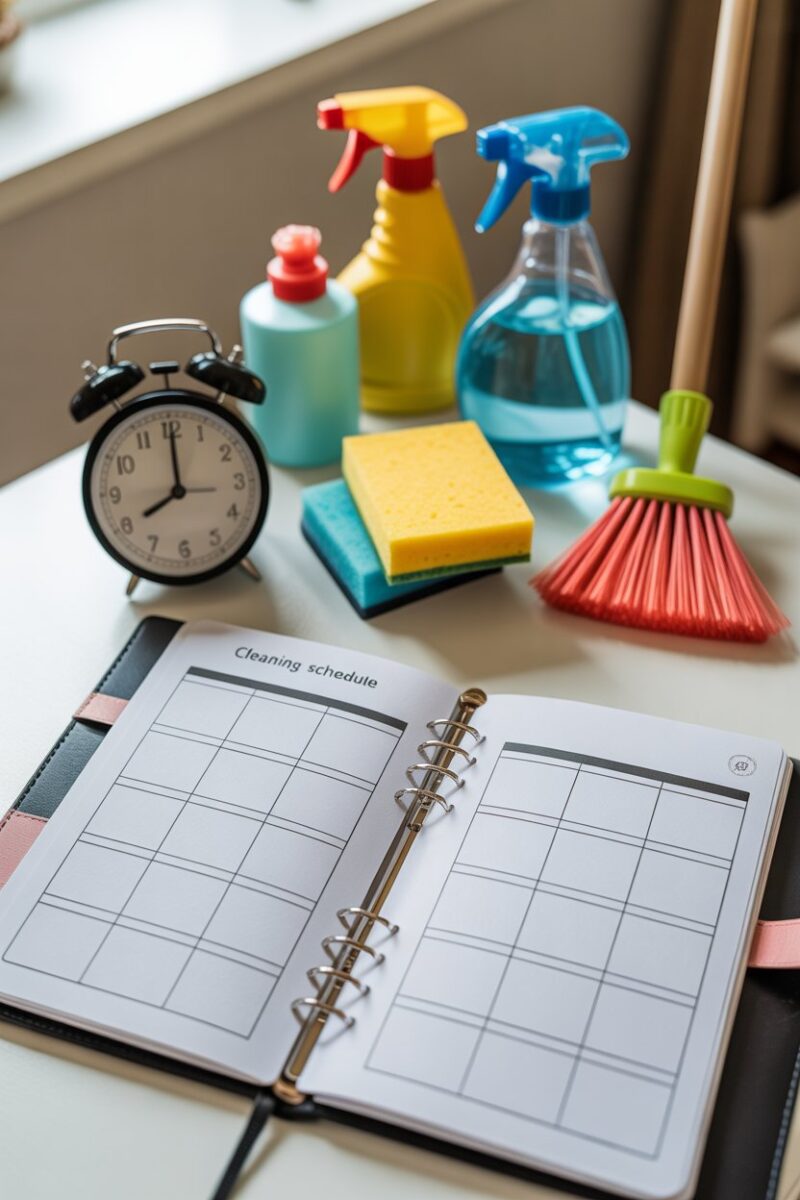
Time blocking can make your cleaning schedule much easier to follow. By setting aside specific times for each task, you can stay focused and avoid distractions. Plus, it helps you see your progress and feel accomplished!
Establishing a Reward System
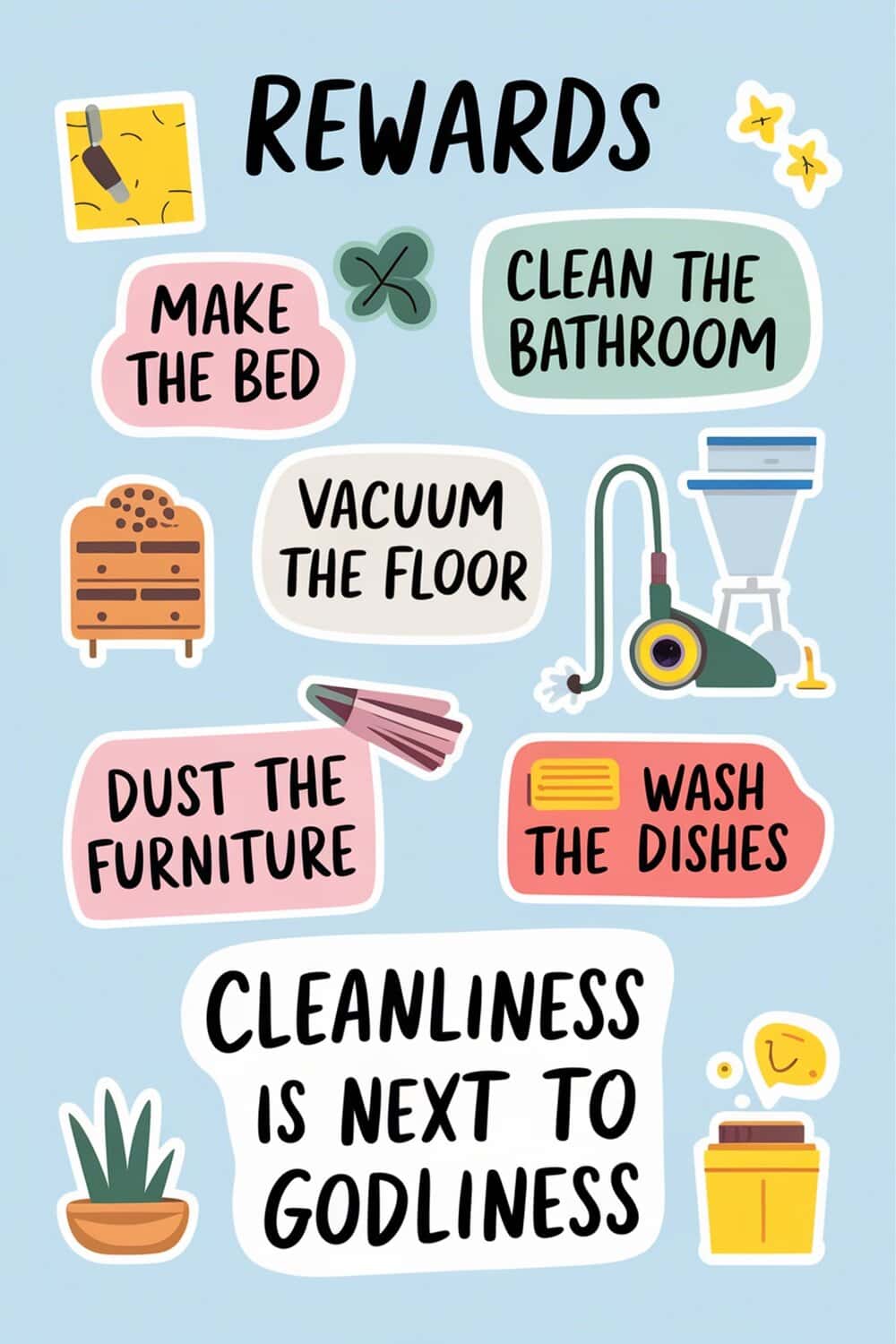
Creating a reward system can make cleaning feel less like a chore. Simple tasks like making the bed or vacuuming the floor can earn you a treat or a fun activity afterward. Celebrate your efforts and enjoy the satisfaction of a clean space!
Incorporating Cleaning Zones
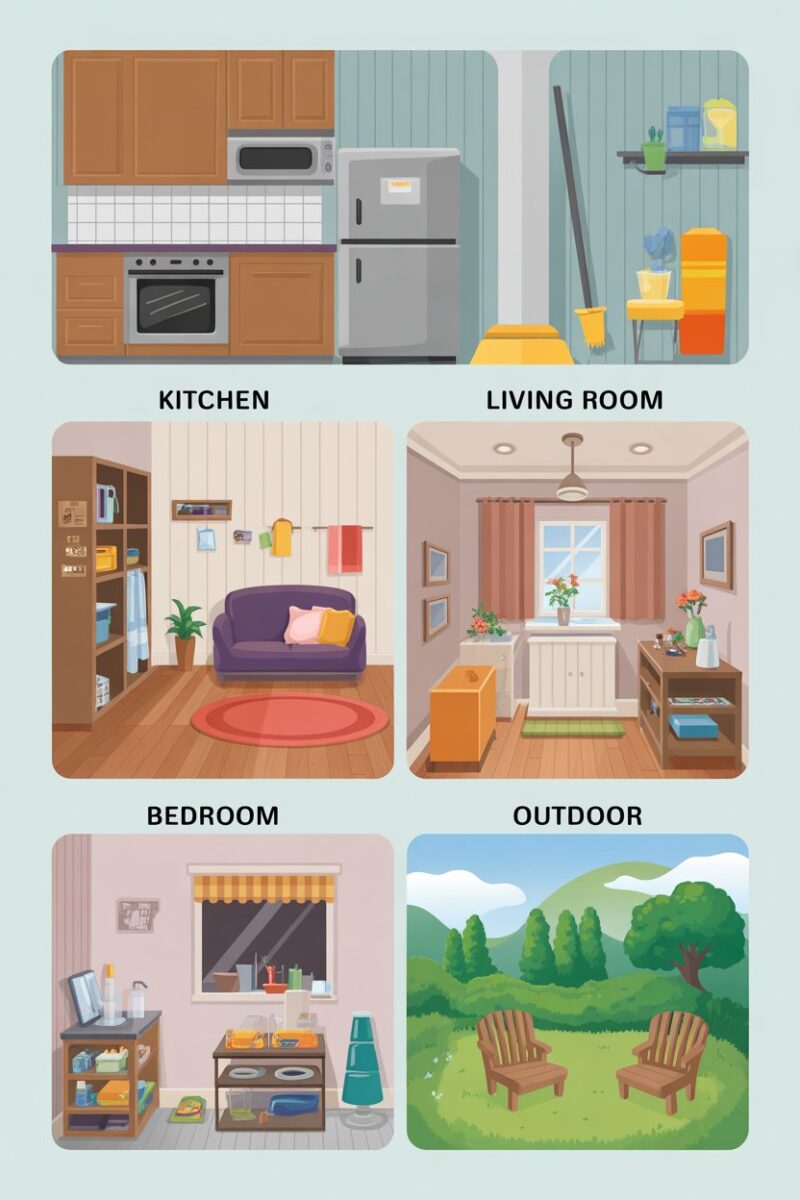
Creating cleaning zones can make your schedule more manageable. Break your home into sections like the kitchen, living room, bedroom, and outdoor areas. This way, you can focus on one zone at a time, making cleaning feel less overwhelming and more organized.
Involving Family Members

Getting everyone involved in the cleaning schedule makes it easier and more fun. Sit down together and discuss who can do what tasks. This way, everyone feels included and responsible for keeping the home tidy.
Adapting to Your Lifestyle

Creating a cleaning schedule should fit your daily routine. Think about when you have free time and what tasks need regular attention. This way, cleaning feels less like a chore and more like a part of your day.
Balancing Chores with Personal Time
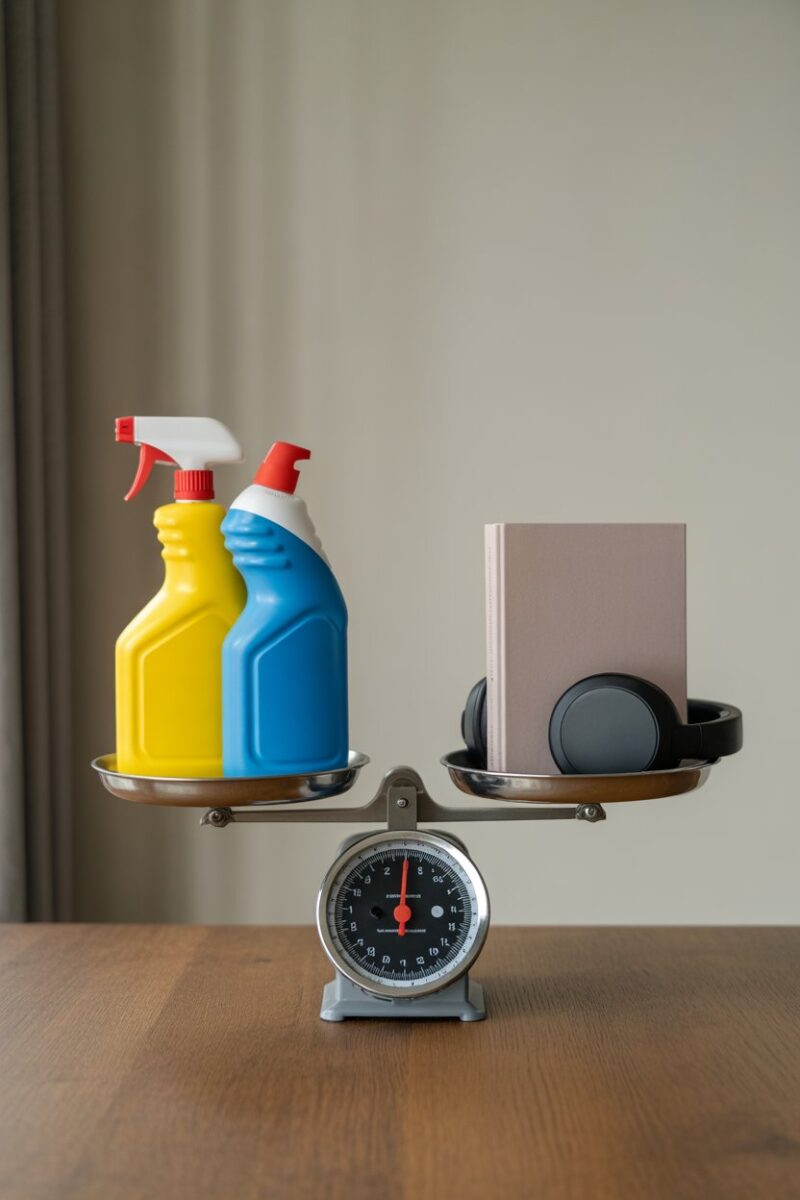
Finding a good balance between chores and personal time is key to staying happy and productive. Try setting specific times for cleaning, so you can enjoy your favorite activities without guilt. Remember, a tidy space can make your downtime even more enjoyable!
Utilizing Cleaning Checklists
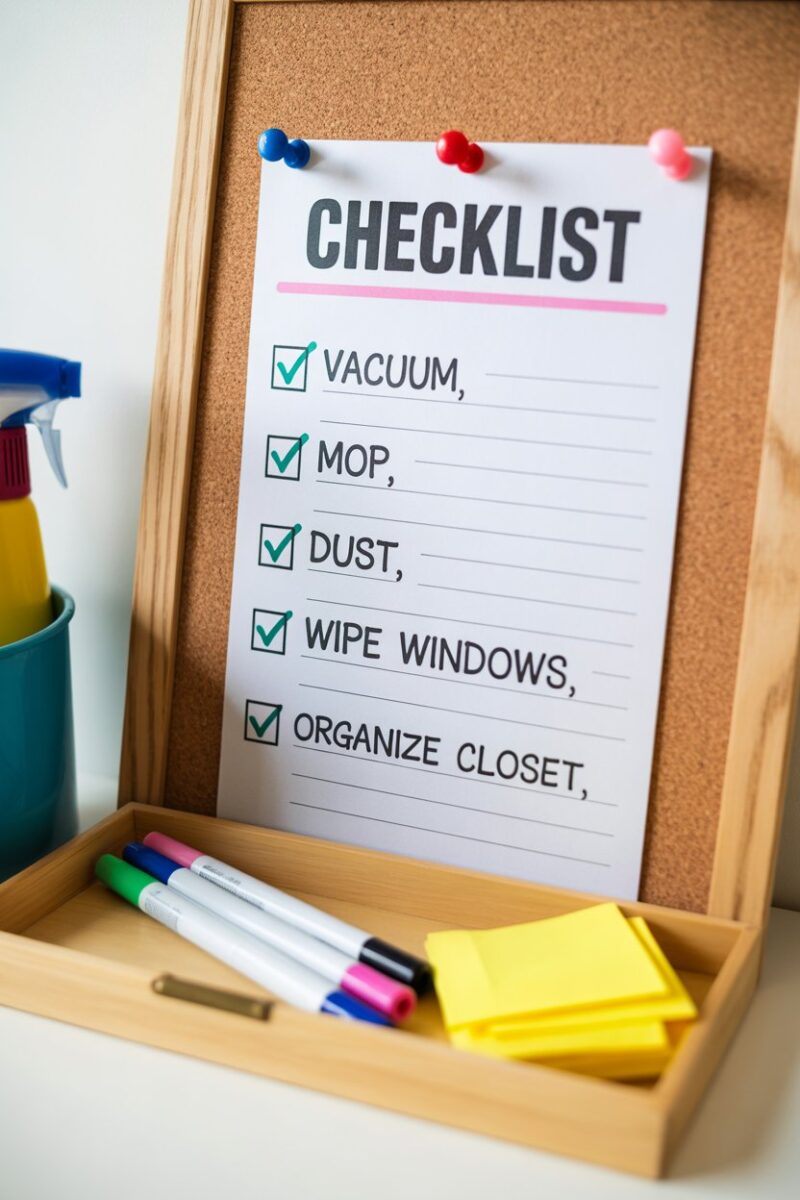
Cleaning checklists are a great way to stay organized. They help you keep track of tasks and ensure nothing gets overlooked. Plus, checking off items can give you a sense of accomplishment!
Setting Time Limits for Tasks
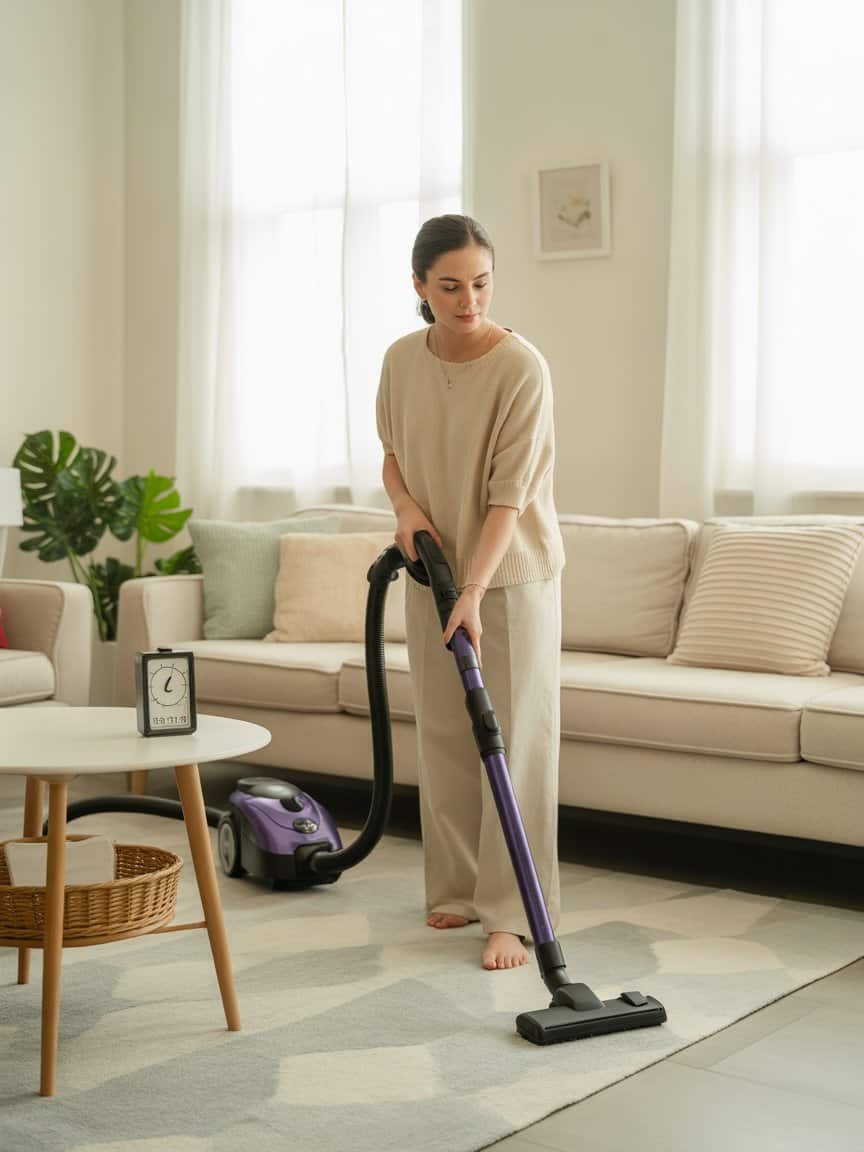
Setting time limits for your cleaning tasks can make a big difference. Use a timer to keep yourself on track and focused. This way, you’ll get more done in less time and feel accomplished!
Prioritizing High-Traffic Areas
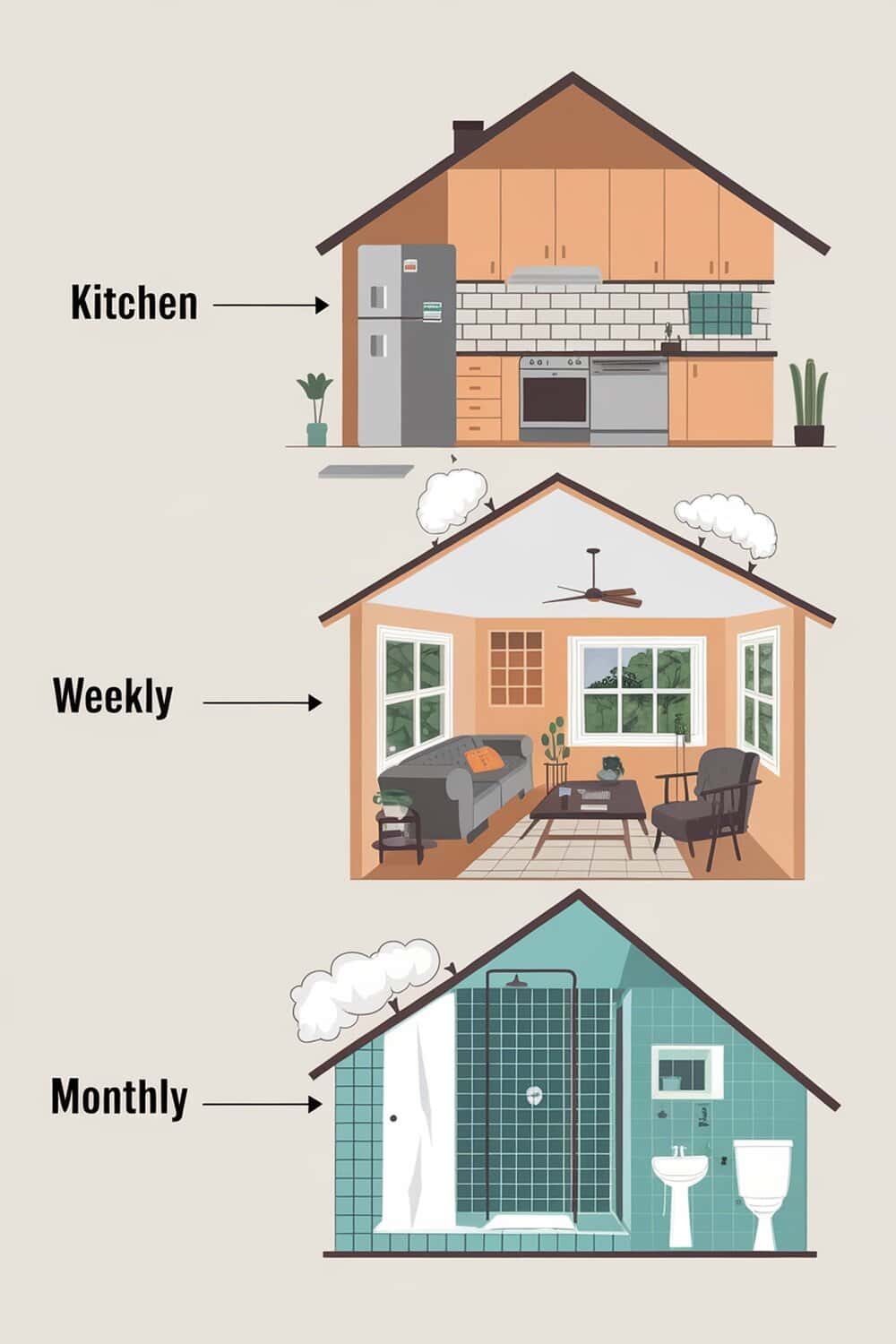
When creating your cleaning schedule, focus on high-traffic areas first. Spaces like the kitchen and living room see the most action, so they need regular attention. A quick daily tidy-up can keep these spots looking fresh and inviting.
Creating a Cleaning Playlist
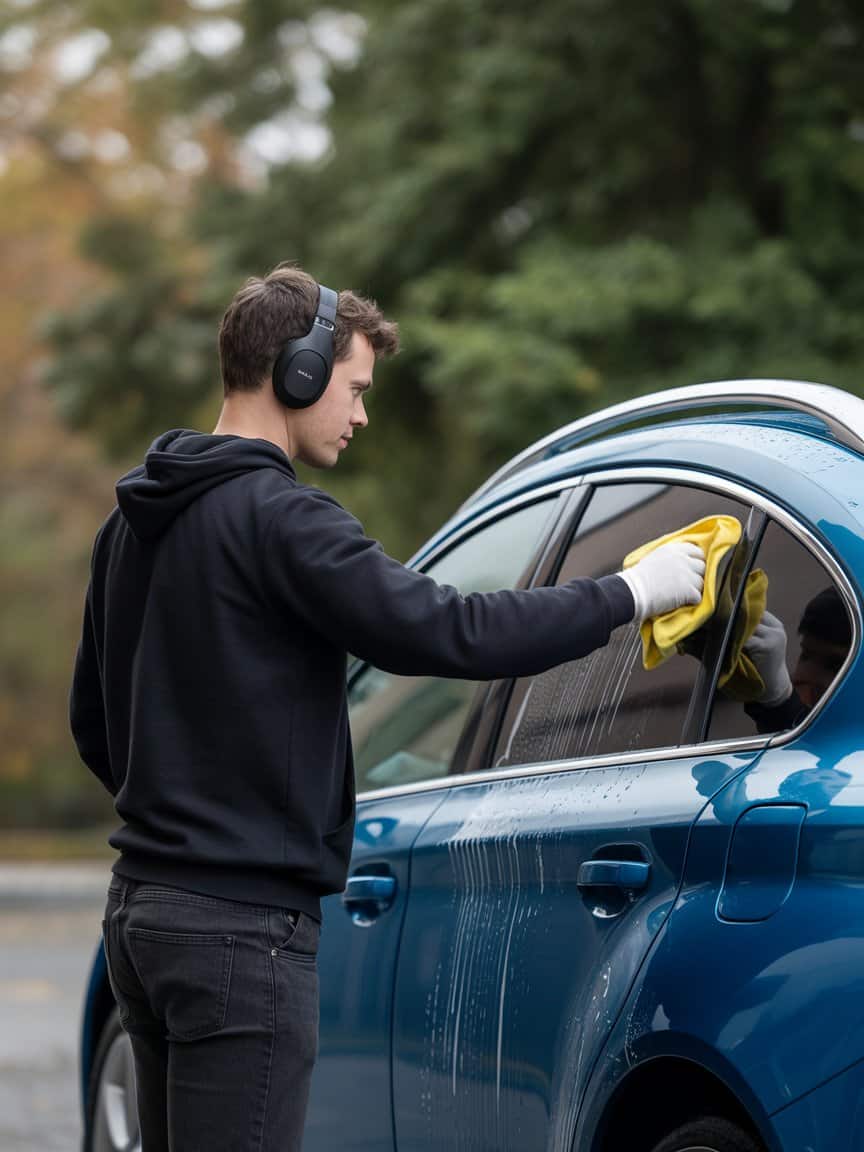
Cleaning can feel like a chore, but a great playlist can change that! Put on your favorite tunes to make the time fly while you scrub and shine. Music keeps the energy up and makes your cleaning routine way more fun!
Designating a Cleaning Day
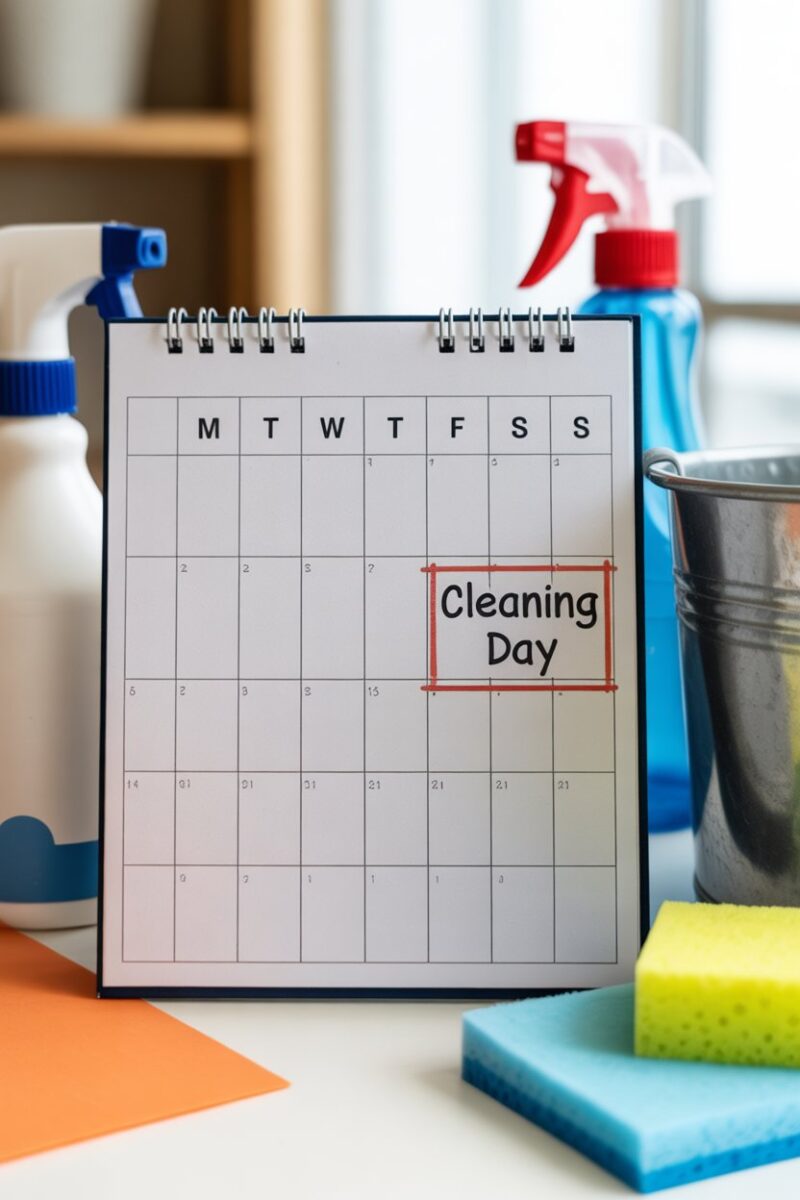
Setting a specific cleaning day can make your life easier. Choose a day that works for you and stick to it. This routine helps keep your space tidy and makes cleaning feel less overwhelming.
Reviewing and Revising Your Schedule

It’s a good idea to check your cleaning schedule regularly. Life changes, and so should your plan. Make adjustments to keep it working for you and your home.
Scheduling Seasonal Decluttering

Seasonal decluttering is a great way to keep your space fresh and organized. Set aside a weekend each season to tackle those areas that need attention, like closets or storage rooms. You’ll feel lighter and more in control when you make this a regular part of your cleaning schedule.
Creating a Cleaning Supply Inventory
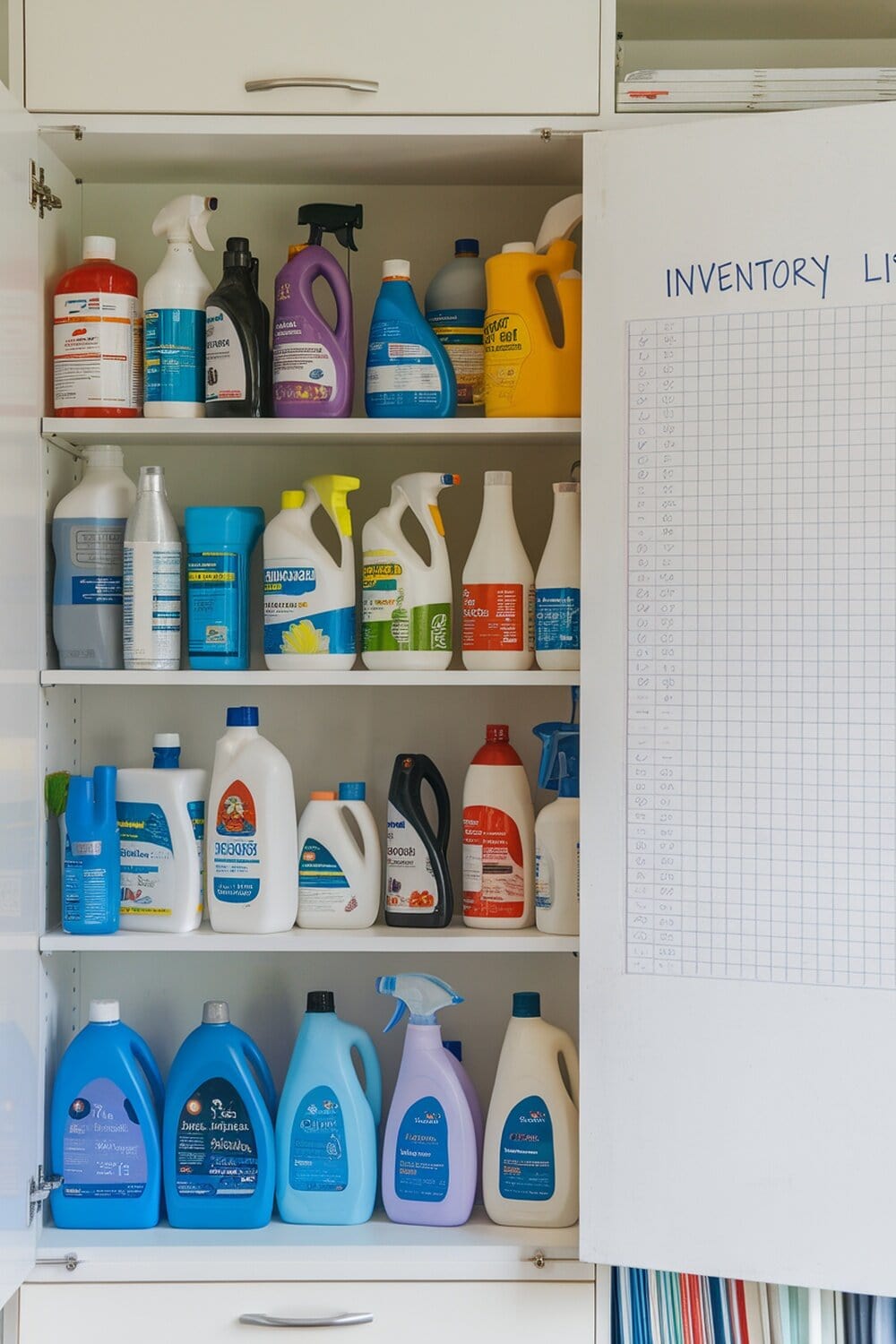
Start by taking stock of what you have in your cleaning cabinet. List all your supplies, from sprays to sponges, to know what you need. This simple inventory helps you avoid buying duplicates and keeps your cleaning routine smooth.
Incorporating Quick Cleaning Hacks
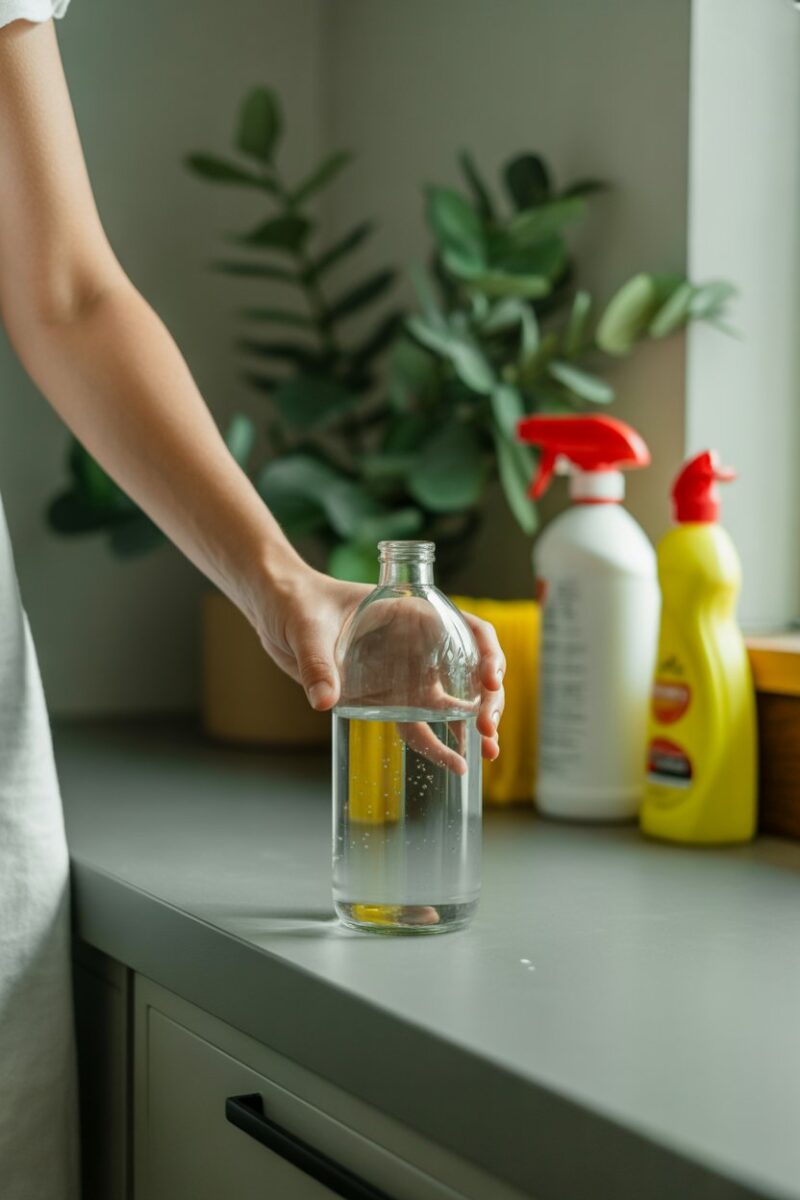
Cleaning doesn’t have to take forever! Try using simple hacks like filling a spray bottle with a mix of water and vinegar for quick surface cleaning. You’ll be amazed at how much easier it is to keep your space tidy with these little tricks.
Using Natural Cleaning Products
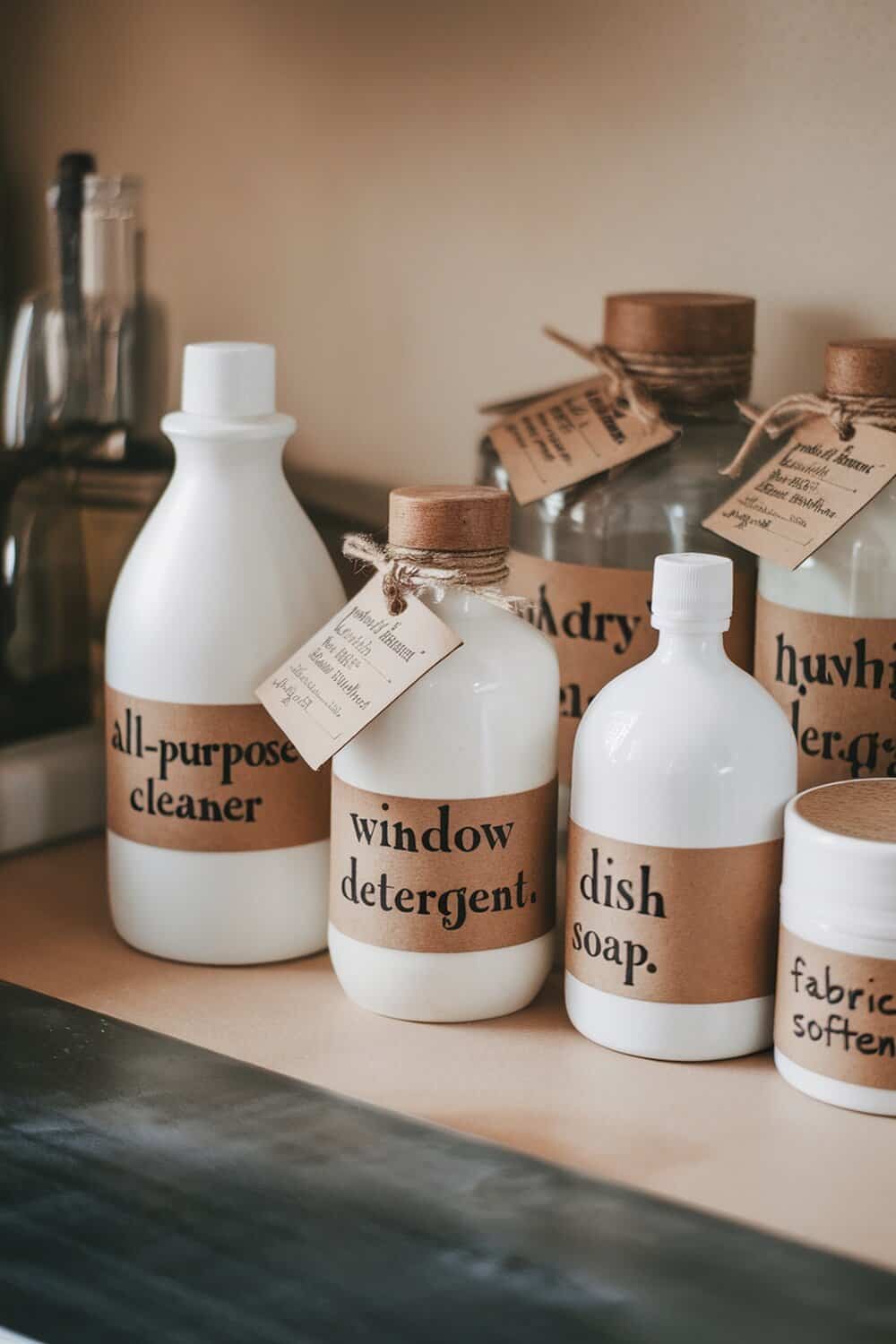
Switching to natural cleaning products can make your home feel fresher and safer. Simple ingredients like vinegar, baking soda, and lemon juice work wonders without harsh chemicals. Plus, you’ll save money while keeping your space sparkling clean!
Tracking Progress and Adjustments

Keeping track of your cleaning schedule is key to staying on top of things. Regularly check off completed tasks and note any areas that need more attention. Don’t hesitate to adjust your plan if something isn’t working; it’s all about finding what fits your routine best!
Setting Up a Cleaning Buddy System

Cleaning can be a lot more fun when you have a buddy to share the load. Pair up with a friend or family member, and tackle tasks together. Not only will you get things done faster, but you’ll also enjoy some quality time while keeping your space tidy!
Celebrating Cleaning Accomplishments

When you finish a cleaning task, take a moment to celebrate! Whether it’s a small dance or a simple cheer, acknowledging your hard work makes it feel rewarding. These little victories keep you motivated and make cleaning feel less like a chore.
Using Visual Reminders
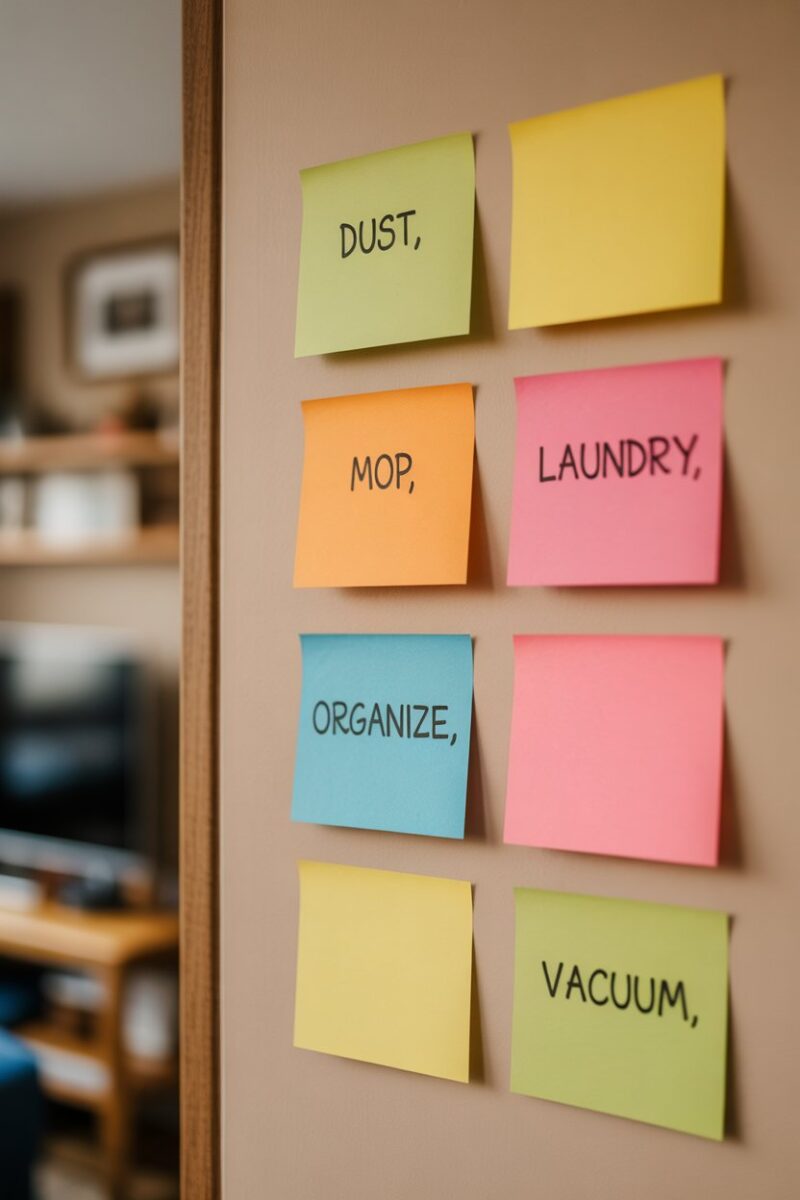
Visual reminders can make your cleaning schedule much easier to follow. Sticky notes are a fun and effective way to keep tasks in sight and top of mind. Place them where you’ll see them often, like on a wall or your fridge, to stay motivated and organized!
Finding Inspiration from Cleaning Blogs

Cleaning blogs can spark fresh ideas for your schedule. They often share tips and tricks that make cleaning easier and more fun. Plus, seeing how others organize their tasks can motivate you to stick to your own plan.
